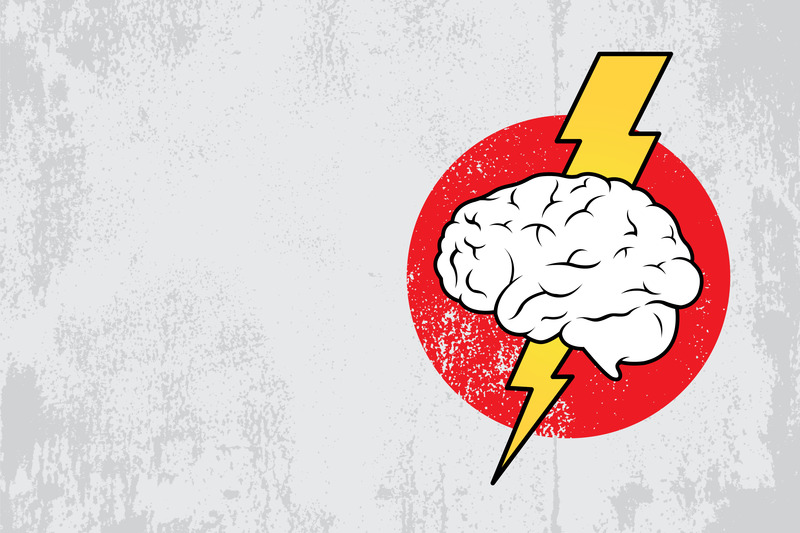When you sit down to study for exams, these memorization techniques can be effective in helping you accomplish your goal.
Use the following tips to better memorize your material:
Listen Up
Have you ever considered that, perhaps, simply reading your material isn't cutting it because that’s not how you learn?
Try listening to your material – your brain is wired to absorb the information better! You can record yourself reading aloud.
Since some people don’t like the sound of their own voice, lots of people will trade the task with a classmate and record each other’s voices in order to hear someone else read the material aloud.
Rewrite It
If you rewrite the information and, basically, translate it into common terms from the technical terms the textbook uses, it can be easier to learn. Also, you’ll likely absorb the information as you rewrite it.
Visualize
If you’re a visual learner, this can be a great method for you to use. You can create visual study methods like diagrams, color-coding and by creating imagery in your head.
Create Acronyms
You likely still remember the order of operations acronym, PEMDAS (Please Excuse My Dear Aunt Sally), from grade school math, right? That’s because acronyms really work!
You’re never too old use any study method, as long as it works for you. Try to create acronyms for whatever you’re trying to memorize – you’ll likely catch on quickly.
Remember, it’s OK to be silly – as long as they help you memorize, it doesn't matter what the acronym is!
Map Information
A visualization method, mapping information can be a useful tool, especially for conceptual studies. Maps link concepts to one another, making them easier to memorize.
You can create your own maps or, even use an app to create one for you.
Skim Readings
If you’re unable to do all of the readings or, even if you have done all the readings (which you should), skim through the material to absorb the most important pieces of information.
If you’re reading a textbook, they’re often the terms in bold and highlights at the end of each chapter.
Teach a Classmate
Teaching another person the material is one of the best ways to learn it because it reinforces the concepts within your own mind.
Get together with a classmate and take turns teaching one another to make sure you know your stuff before the exam.
Balance Your Workload
Take the entire amount you need to learn and divide it into smaller study sessions rather than one long cram session. You’ll likely much more focused if you have small amounts to accomplish.
For example, it’s a great idea to divide by chapters and take a small break after completing each one.
Make It Real
If you can relate a concept to your life or life around you, it will likely stick. It’s not always easy or applicable but, when able, try to find real life examples of whatever you’re learning to make it easier to recall.
Create Flashcards
This is a well-known study method that’s great – but only if you’re creating them correctly! When you create note-cards, your focus should be on key terms and concepts and their main points – not filling each note-card with an entire paragraph.
Here’s a great trick to making note-cards: you should be able to read the entire note-card at a glance.
Perhaps, creating note-cards in a Q&A format, question on one side, answer on the other, is a good way to stay on track.
Also, if you’re not into writing out on paper, there are plenty of web sites and apps that allow you to create note-cards and share them.
What additional study techniques do you use to help memorize material?
What additional study techniques do you use to help memorize material?
